Are you feeling overwhelmed by the idea of traveling with your young kids? Don’t worry – we’ve all been there! Taking a family vacation can be both an exciting prospect and also cause its own set of anxiety-inducing scenarios. Luckily, through our experience planning trips for families from across the globe, we have put together 25 top tips and tricks to help make your next family vacation as smooth as possible.
So if you’re looking for ways to stay organized before, during, and after the trip; save some money; manage expectations during long haul flights; or want solid advice on keeping your sanity while en route – this blog post is perfect for you.
Interests First, Destination Second
Before planning your trip, sit down with your kids and discover what interests them. Then plan your destination around those interests. You don’t have to go too far away either; a great destination in your backyard might make for a fun and memorable whole family vacation.
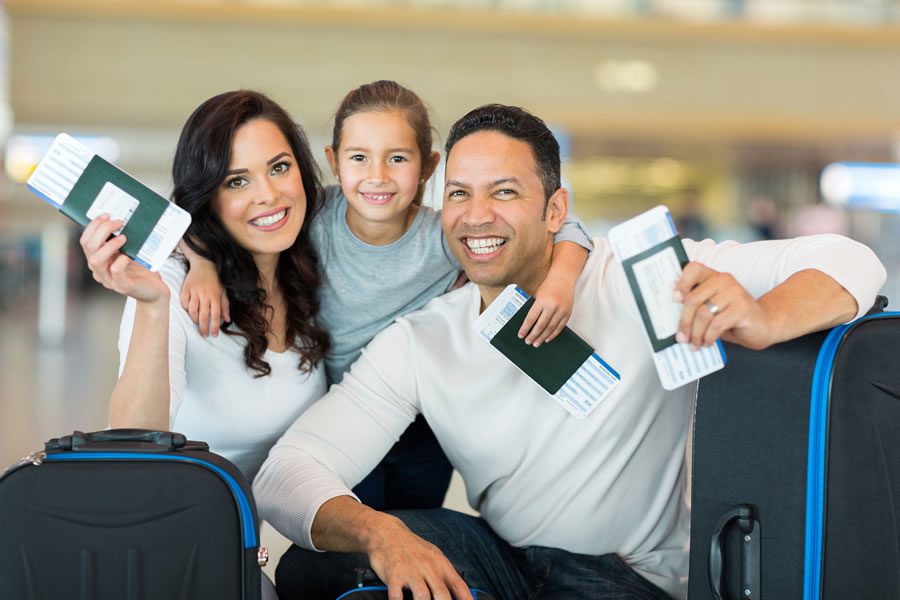
Give Yourself Lots of Extra Time
One of the most important things when traveling with older kids and young toddlers is to give yourself plenty of extra time when traveling from place to place. Arrive at the airport early to have enough patience with airport security. Spending time planning will ensure that you don’t get stuck in traffic or miss any connecting flights or trains due to delays caused by traffic or unforeseen circumstances.
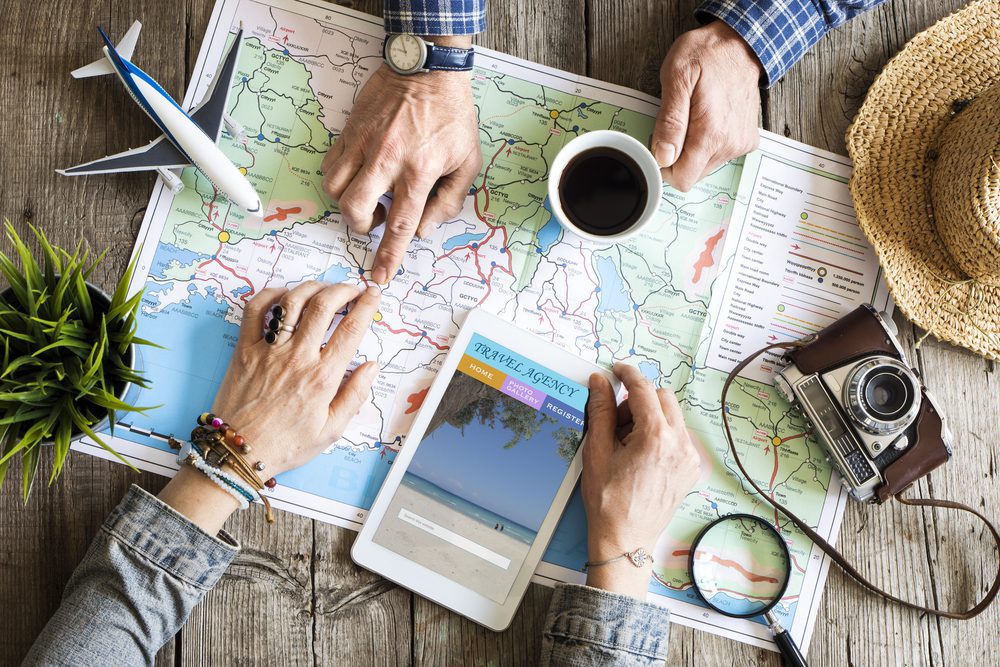
Keeping Kids Happy and Engaged at Any Age
For young children, it’s essential to keep them engaged while traveling so they don’t become bored, cranky, or restless. Plan ahead activities, such as coloring books, videos, and games that can keep them occupied during long trips. Older children may enjoy listening to music or audiobooks; this will allow them some quiet time and help them pass the entire time faster without getting bored or restless as easily. Let them bring their own bags or carry-on bag so that they could carry with them their favorite toys.
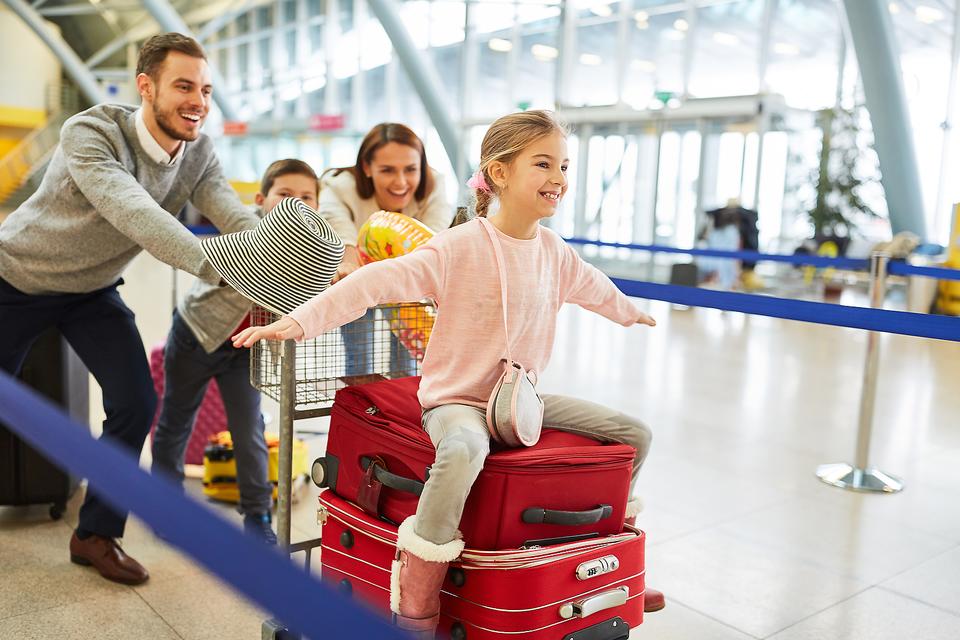
Outline the Upcoming Trip for Your Kids
Discussing the itinerary for a few hours and planning your packing list with your small children before leaving on your first trip is essential. Hence, they know what to expect during their vacation and can look forward to different daily activities (if applicable). This will also give them something to look forward to and help reduce anxiety about being in unfamiliar places away from home.
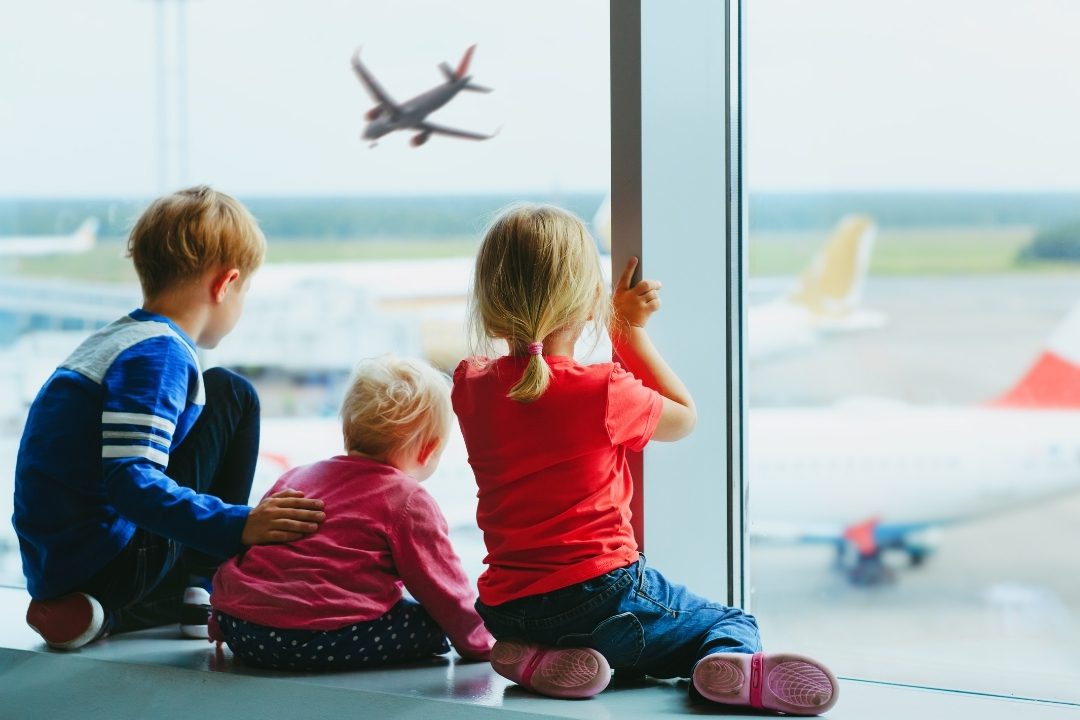
Special Needs in Local Languages
If any of your children have special needs, learn the local language so you can easily communicate those needs. This can help avoid complicated interactions due to miscommunication.
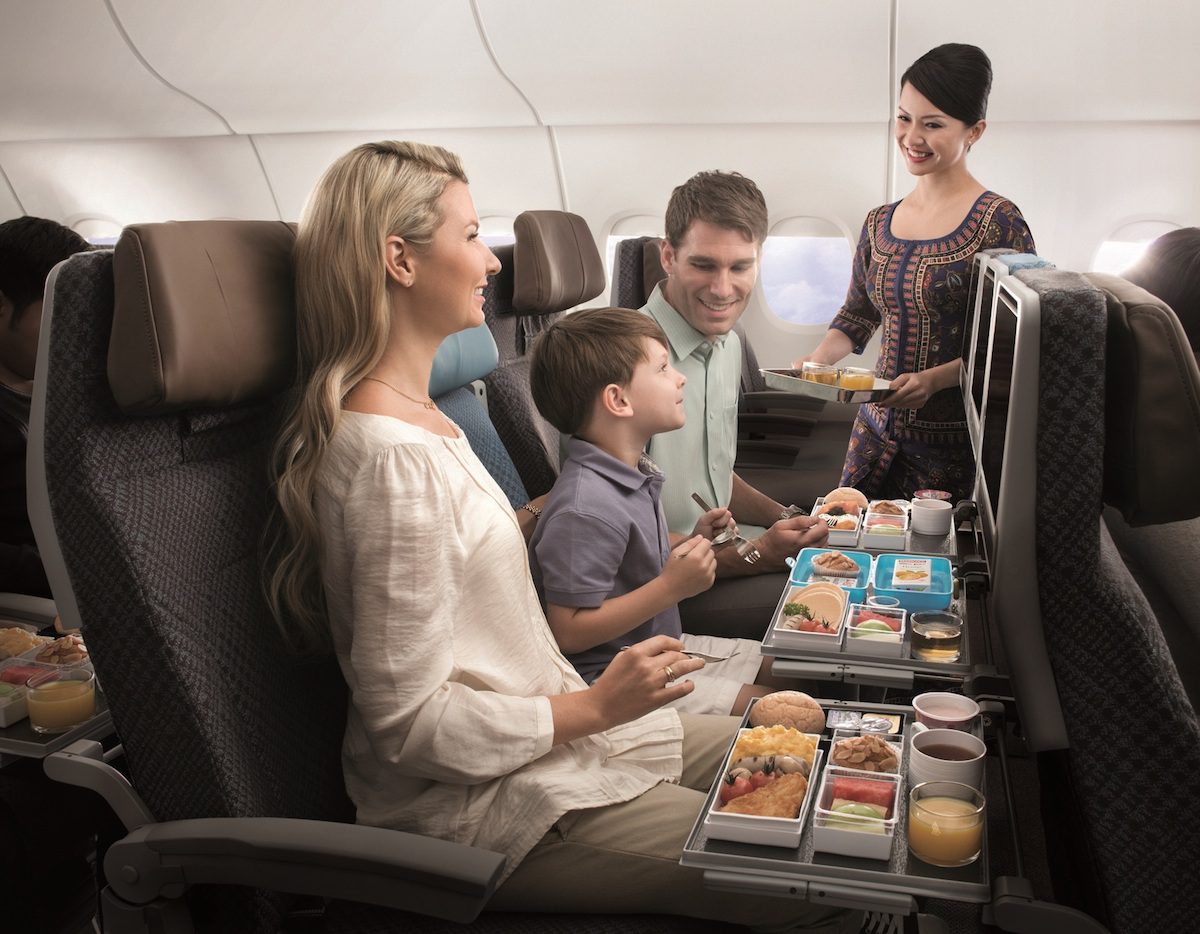
Return to the Same Place, Again and Again
Returning to the same place each year is an excellent idea if possible. This way, your kids will become familiar with the area and won’t need to adjust whenever you travel. Familiarity can significantly affect how much your kids enjoy their vacation experience.
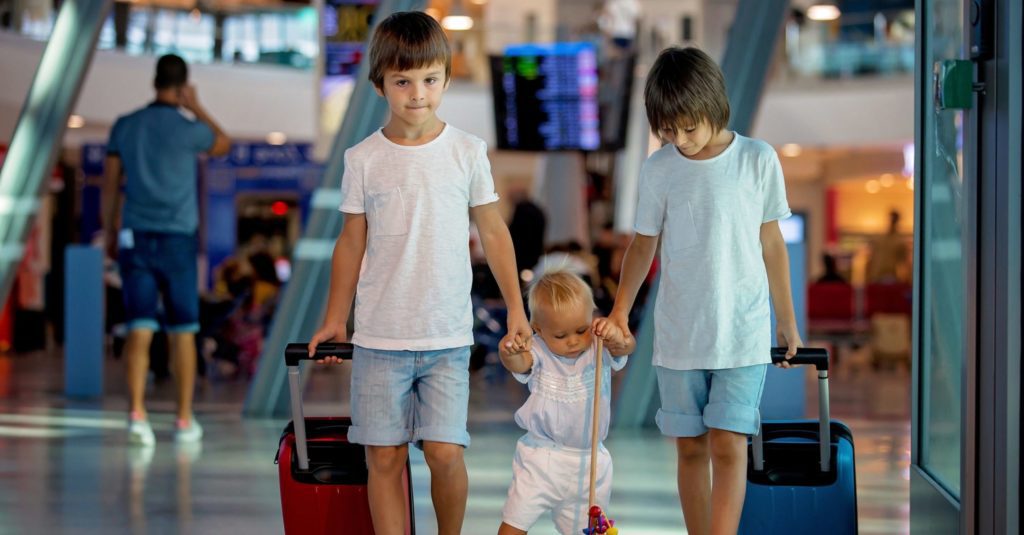
Charge Up All Devices and Load Them Up With Things to Watch
No matter your children’s age, ensure all devices are fully charged before leaving home. You’ll also want to load them up with movies, TV shows, games, etc., to keep them entertained during long car rides or flights. Also, consider bringing some physical activities like coloring books or puzzles that don’t require batteries or electricity.
Planning an Itinerary and Choosing Accommodations
Every child has different interests, so customize your itinerary accordingly. For example, if one young child loves animals while another loves art museums, plan trips that include both experiences, if possible, so everyone gets something out! In addition, some hotels offer childcare services or specialized activities for kids, which can be a great option if you want something tailored specifically for them.

Don’t Overpack, Pack Smart
Let’s face it—babies require a lot of stuff! But there’s no need to bring it all along when you travel. Instead, pack only the essentials and purchase or rent anything else you may need once you reach your destination. This is especially true for bulky items like strollers or car seats, which can be rented from most airports or baby equipment rental companies.
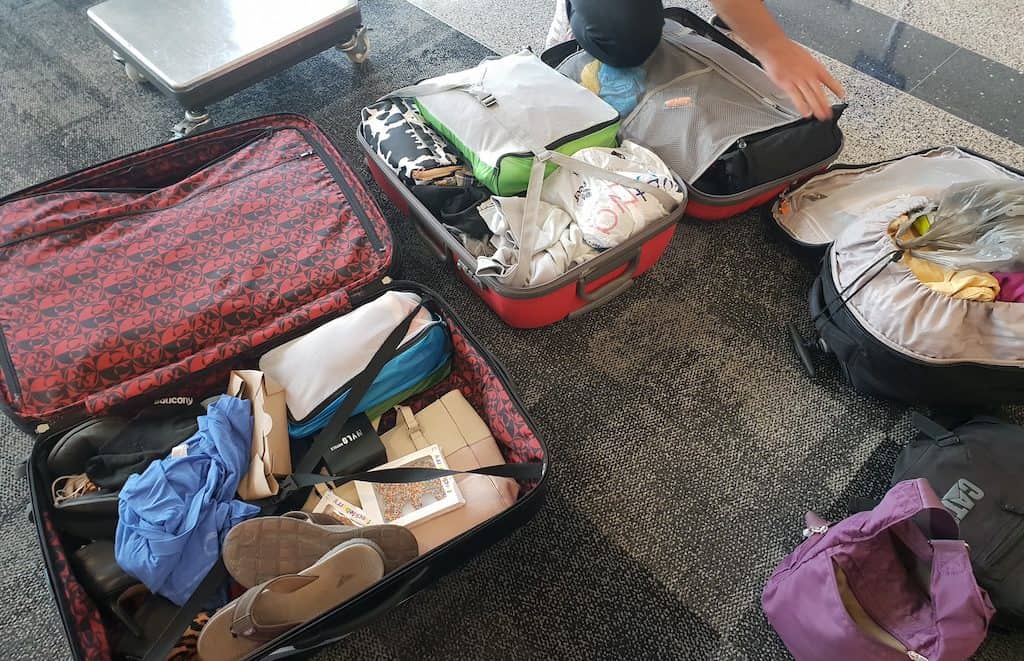
Eating on the Road
Wherever possible, try to plan for meals. Pack snacks and drinks to save time and money while on the road. Bring baby food if needed; this way, you know exactly what your little one eats while traveling. If stopping at restaurants is necessary, research them beforehand so that they have appropriate options for children.

Enroll Everyone in Travel Rewards Programs
Most low cost airlines offer rewards programs where members can collect points or miles each time they fly with that airline. These programs are great because they allow families to save up points over time to redeem them later for free flights or child discounts on future trips. It’s a win-win situation.
Stay Relaxed, No Matter What Gets Thrown at You
When traveling with kids (especially infants), expect the unexpected! Be sure to bring extra clothes for everyone in case of accidents or spills; this will help keep everyone comfortable throughout the journey, even if something happens unexpectedly. Also, remember that it’s okay if things don’t go according to plan—roll with it.
Call Ahead to Find Out About Child-friendly Amenities
You’ll want to research before you arrive at your new destination. Many hotels or resorts now have dedicated children’s activities or entertainment, so it pays to call ahead and inquire about specific offerings that may interest your kids—or even yourself!
It is a good idea to bring travel stroller like umbrella strollers that are lightweight. It doesn’t hurt to double-check if the hotel room offers free Wi-Fi, either – after all, what are the chances of keeping a bored kid occupied on a long road trip. Try to check in online also.
School-age Children
When traveling with school-age children, consider their academic needs while planning your trip. If they need extra help with their studies while away from home, look into enrichment programs or tutors in the area, you’ll be visiting. You might also want to look into museums or other cultural attractions that could offer educational experiences in science or history.
Bring a Car Seat
Even if you’re not driving during your trip, bring one along anyway! Renting car seats can be expensive and don’t always come in excellent condition; plus, they take up valuable packing space in an already-crowded vehicle. However, investing in a good car seat is well worth it for safety reasons and will also provide more peace of mind for parents and kids alike.

Visiting (or Traveling With) Other Families
Traveling with extended family can be tricky but incredibly rewarding as well! Ensure everyone knows the plan beforehand; this means discussing who will stay where and how much checked luggage everyone should bring (so no one gets too much stuff!).
Additionally, work out sleeping arrangements beforehand, so no one is left without somewhere comfortable to sleep. Finally, create an itinerary that includes activities everyone wants to do; this way, there won’t be any surprises when it comes time to hit the road.

Let Kids Pick Activities
Allowing your children to choose activities or attractions they would like to see on vacation can help make the whole trip more enjoyable for them and you. This way, everyone in the family gets to experience something that interests them without compromising on what everyone wants to do. Additionally, planning for several days of activities based around one theme (like nature or history) can give your kids a sense of structure and purpose on the trip.

Buy Tickets to Attractions Before You Go
When traveling with a family, time is often limited, so getting tickets ahead of time is important if there are popular attractions in the area you’ll be visiting. Buying tickets online before your great trip will save you valuable time while also protecting against potential sellouts at popular attractions. Plus, purchasing tickets in advance means you don’t have to worry about long lines or waiting times at the ticket counter.

Carry on Healthy Snacks
It’s always wise to carry snacks when traveling with kids, so they stay happy and full during long journeys. Nutritious snacks like granola bars or trail mix provide energy without too much sugar or fat so they won’t bounce off the walls during your travels! Healthy snacks will also encourage them to eat healthily when exploring new cities or towns—which can often be difficult when away from home.
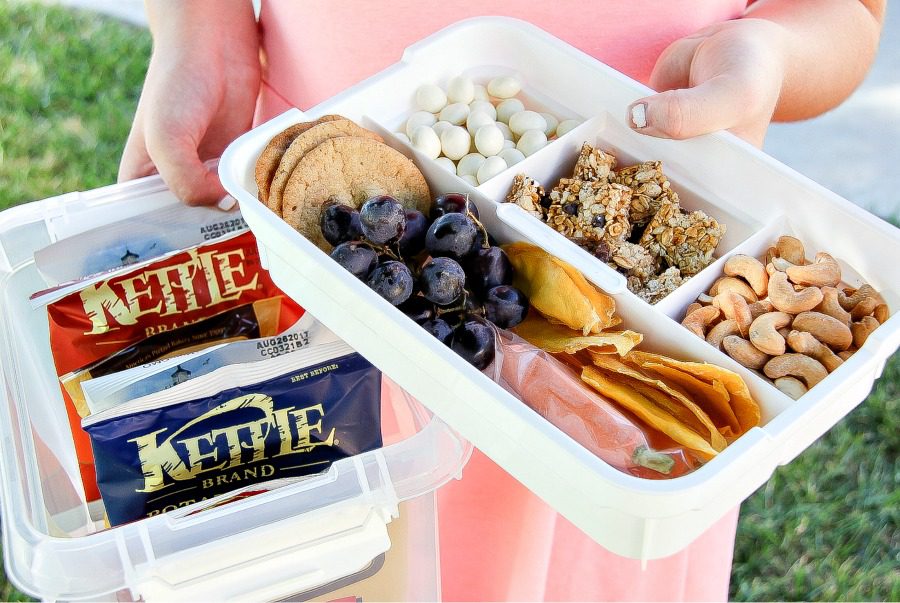
Strategically Plan Flight Times
When planning flights with young children, it’s essential to plan strategically when booking flights so that their nap times are taken into consideration. One of the biggest challenges in traveling with kids is adjusting to time changes. Choosing a flight time zone that fits their typical sleeping pattern will ensure they’re well-rested throughout the journey—which means fewer tantrums mid-flight!
Also, consider whether long layovers should be included in your travel plans, as this could make traveling much more accessible if nap times need to be taken into account during long journeys. Prepare for jet lag and plan how you’ll deal with it.
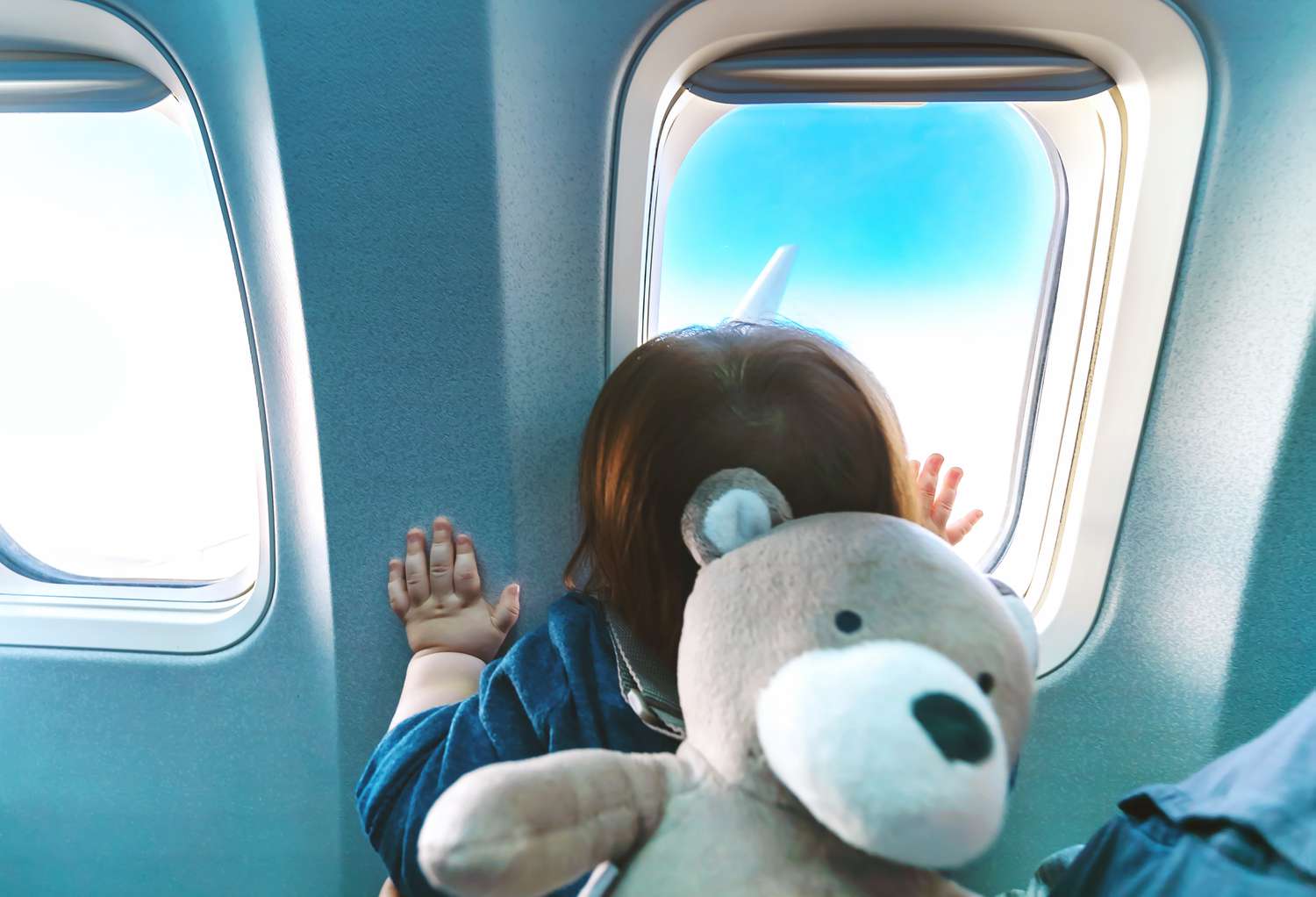
Final Thoughts
Traveling with kids doesn’t have to be a stressful experience – it can be advantageous! With careful planning, thoughtful packing, and a few key tips and tricks, you can ensure your family trip is as smooth and enjoyable as possible. Above all else, remember that traveling with your kids is about connection and discovery—so have fun, explore, and make memories that will last a lifetime.
Frequently Asked Questions
What is the most challenging age to travel with a child?
Experienced travel family members already know this, and often the most challenging time traveling with kids begins at nine months and ends with bargaining/cartooning/snacking at about 18 months.
What documents do you need when traveling with a child?
A child under 18 doesn't have to show ID when traveling in America. However, airline employees must submit identification to the resident adult in their capacity. In addition, children under 18 must carry travel documents when traveling abroad to the same destinations as adults.
What is the best way to travel with kids?
I have found several great tips for saving and surviving when traveling with young people and doing slick packing. The "Paths of the Past" Make your next flight earliest for fun and relaxation. Take a look at strollers in cars if possible. '. Buy a membership to science museums before you go. The "Missy" Book hotels include a kitchenette and swimming pools.
What are the rules for flying with a child?
Make a travel plan. Infant on laps. During the flight, children can sit on their laps—booster seats for infants. Alternatively, children should have seats if they have a suitable vehicle seat. The rest of you. Those younger than two have to buy tickets to the plane as well. Baby in the lap. Children under two may sit on their laps with their parents anytime during flights. Baby seats. Alternatively, babies should have a seat in the vehicle if they are provided an adult car seat. And the children. Children younger than two years must be given an air ticket.




